OLED material intermediate
OLED materials play an important role in OLED technology as the foundation and core of it. OLED materials with longer emission lifetime, quantum efficiency, lower cost and better suitability for industrial application are what researchers and application vendors have always been pursuing.
The organic light emitting diode display, also known as organic electroluminescent display or an organic light emitting display, or OLED, is a display device utilizing the light emitting phenomenon when carriers in an electric field enters the organic solid layer from the positive and negative electrodes.
In the last 10 years, OLED technology has made significant progress, the product from 5cm to 107cm OLED sample be gradually introduced. In contrast with LCD, OLED has the advantages of all-solid state, self-luminousness, wide viewing angles, high resolution, high brightness, high contrast, high response speed, ultra-thin, low cost, low power consumption, low temperature resistance, vibration resistance, capability of flexible and double-sided display, etc.. Therefore it is considered as the most ideal and promising flat display technology of next-generation.
According to the different organic light-emitting materials used, OLED is divided into two types. One of them is small-molecule OLED based on a small-molecule organic light emitting material and the other is polymer OLED based on a conjugated polymer organic light emitting material. Kodak (U.S.) and Cambridge (or CDT, for short) are pacemakers of small-molecule OLED and polymer OLED, respectively.
The preparation of small-molecule OLED mainly adopts the vacuum evaporation technology, which is quite a mature method. Spin coating, ink jet printing are mainly adopted in the preparation of PLED the preparation, which could significantly reduce the cost but are not mature enough.
- Structure:
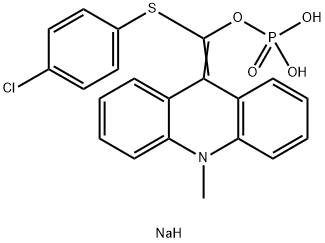
- Chemical Name:APS-5
- CAS:193884-53-6
- MF:C21H18ClNNaO4PS
- Structure:
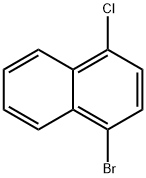
- Chemical Name:1-Bromo-4-chloronaphthalene
- CAS:53220-82-9
- MF:C10H6BrCl
- Structure:
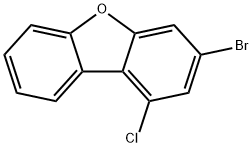
- Chemical Name:3-Bromo-1-chlorodibenzofuran
- CAS:2409784-63-8
- MF:C12H6BrClO
- Structure:
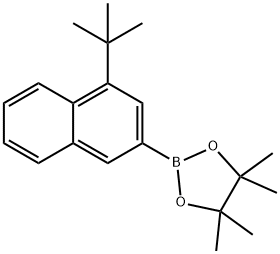
- Chemical Name:2-(4-(tert-butyl)naphthalen-2-yl)-4,4,5,5-tetramethyl-1,3,2-dioxaborolane
- CAS:2217657-10-6
- MF:C20H27BO2
- Structure:
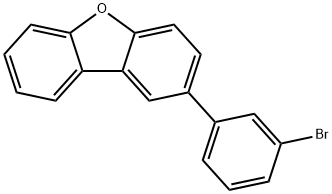
- Chemical Name:2- (3-bromophenyl) dibenzofuran
- CAS:1084334-27-9
- MF:C18H11BrO
- Structure:
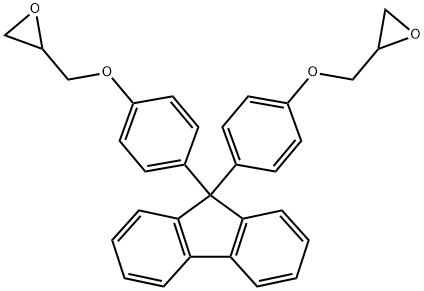
- Chemical Name:2,2'-[9H-Fluoren-9-ylidenebis(4,1-phenyleneoxymethylene)]bis-oxirane
- CAS:47758-37-2
- MF:C31H26O4
- Structure:
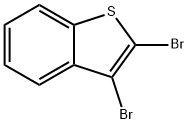
- Chemical Name:2,3-Dibromobenzo[b]thiophene
- CAS:6287-82-7
- MF:C8H4Br2S
- Structure:
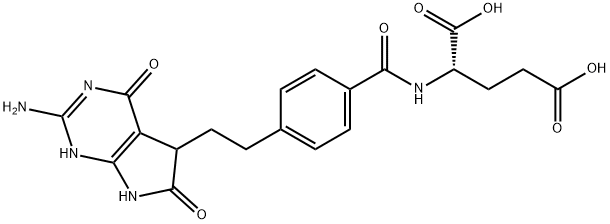
- Chemical Name:N-[4-[2-(2-AMino-4,5,6,7-tetrahydro-4,6-dioxo-1H-pyrrolo[2,3-d]pyriMidin-5-yl)ethyl]benzoyl]-L-glutaMic Acid
- CAS:193281-00-4
- MF:C20H21N5O7
- Structure:
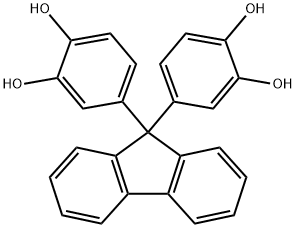
- Chemical Name:9,9,- Bis(3,4-dihydroxyphenyl)fluorene
- CAS:351521-78-3
- MF:C25H18O4
- Structure:
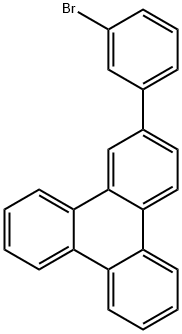
- Chemical Name:2-(3-Bromophenyl)triphenylene
- CAS:1313514-53-2
- MF:C24H15Br
- Structure:
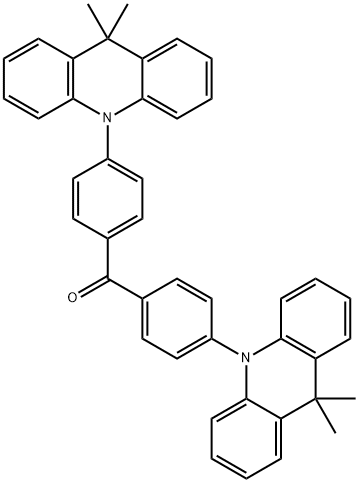
- Chemical Name:DMAC-BP
- CAS:1685287-55-1
- MF:C43H36N2O
- Structure:
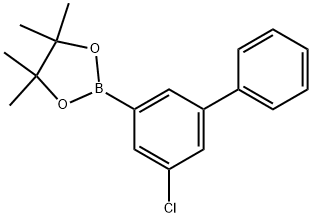
- Chemical Name:2-(5-Chloro-[1,1'-biphenyl]-3-yl)-4,4,5,5-tetramethyl-1,3,2-dioxaborolane
- CAS:2750016-14-7
- MF:C18H20BClO2
- Structure:
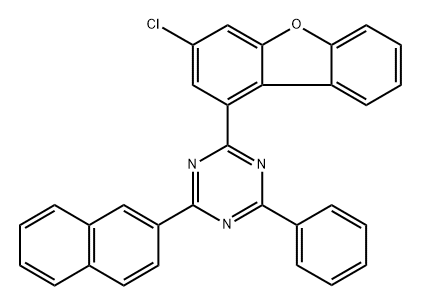
- Chemical Name:1,3,5-Triazine, 2-(3-chloro-1-dibenzofuranyl)-4-(2-naphthalenyl)-6-phenyl-
- CAS:2476828-99-4
- MF:C31H18ClN3O
- Structure:

- Chemical Name:7-bromo-12-phenyltetraphene
- CAS:2580968-64-3
- MF:C24H15Br
- Structure:
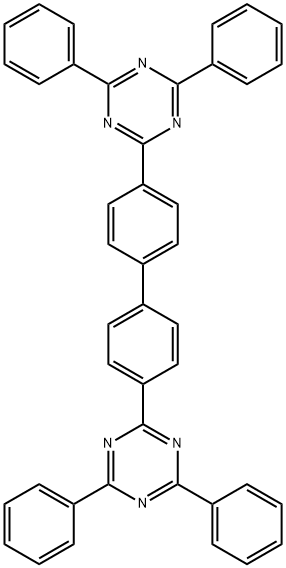
- Chemical Name:4,4'-bis(4,6-diphenyl-1,3,5-triazin-2-yl)biphenyl
- CAS:266349-83-1
- MF:C42H28N6
- Structure:
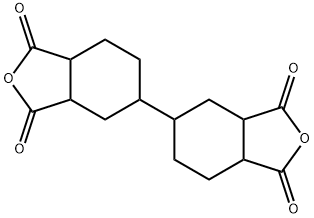
- Chemical Name:Dicyclohexyl-3,4,3',4'-tetracarboxylic dianhydride
- CAS:122640-83-9
- MF:C16H18O6
- Structure:
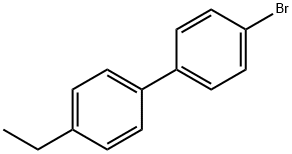
- Chemical Name:4-BROMO-4'-ETHYLBIPHENYL
- CAS:58743-79-6
- MF:C14H13Br
- Structure:
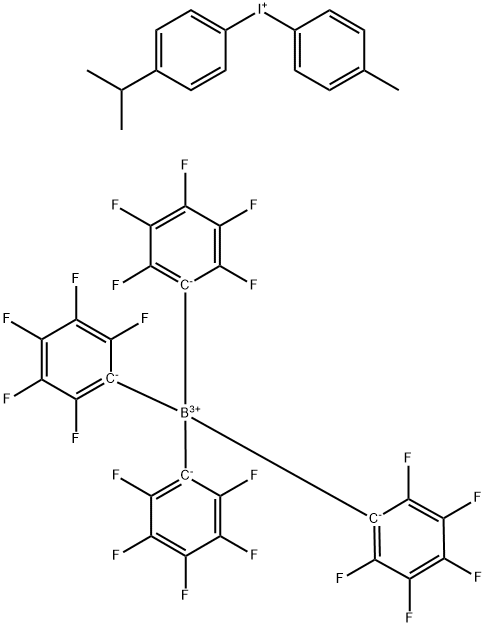
- Chemical Name:4-Isopropyl-4'-methyldiphenyliodonium Tetrakis(pentafluorophenyl)borate
- CAS:178233-72-2
- MF:C40H18BF20I
- Structure:
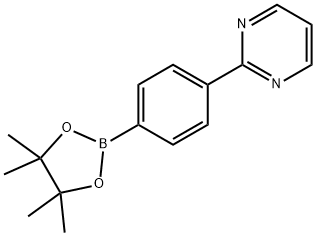
- Chemical Name:2-[4-(4,4,5,5-tetramethyl-1,3,2-dioxaborolan-2-yl)phenyl]pyrimidine
- CAS:1220526-74-8
- MF:C16H19BN2O2
- Structure:
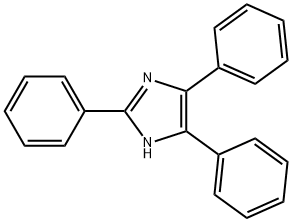
- Chemical Name:2,4,5-Triphenylimidazole
- CAS:484-47-9
- MF:C21H16N2
- Structure:
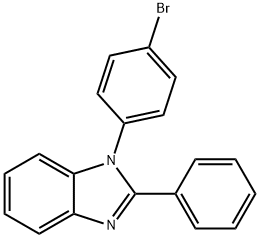
- Chemical Name:1-(4-Bromophenyl)-2-phenylbenzimidazole
- CAS:760212-58-6
- MF:C19H13BrN2
- Structure:
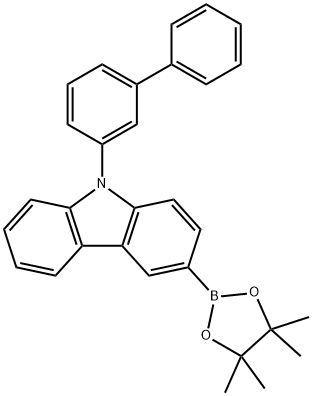
- Chemical Name:9-(Biphenyl-3-yl)-3-(4,4,5,5-tetraMethyl-1,3,2-dioxaborolan-2-yl)-9H-carbazole
- CAS:1533406-38-0
- MF:C30H28BNO2
- Structure:
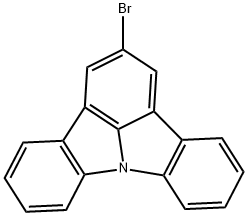
- Chemical Name:2-broMoindolo[3,2,1-jk]carbazole
- CAS:1174032-81-5
- MF:C18H10BrN
- Structure:
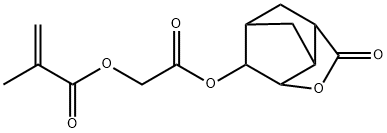
- Chemical Name:2-Propenoic acid, 2-Methyl-, 2-[(hexahydro-2-oxo-3,5-Methano-2H-cyclopenta[b]furan-6-yl)oxy]-2-oxoethyl ester
- CAS:347886-81-1
- MF:C14H16O6
- Structure:
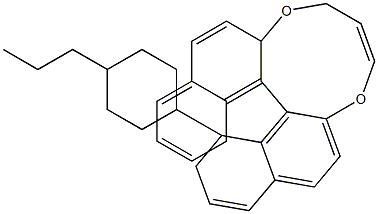
- Chemical Name:R 5011 (dopant)
- CAS:944537-61-5
- MF:C32H34O2
- Structure:
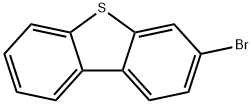
- Chemical Name:3-bromodibenzo[b,d]thiophene
- CAS:97511-04-1
- MF:C12H7BrS
- Structure:
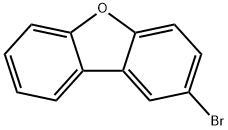
- Chemical Name:2-Bromodibenzofuran
- CAS:86-76-0
- MF:C12H7BrO
- Structure:
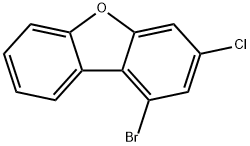
- Chemical Name:1-bromo-3-chloro-Dibenzofuran
- CAS:2043962-13-4
- MF:C12H6BrClO
- Structure:
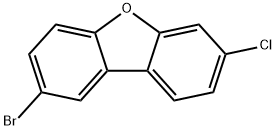
- Chemical Name:2-Bromo-7-chlorodibenzo[b,d]furan
- CAS:2355229-03-5
- MF:C12H6BrClO
- Structure:
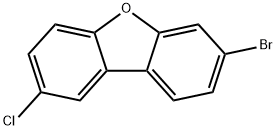
- Chemical Name:7-bromo-2-chlorodibenzo[b,d]furan
- CAS:2351918-80-2
- MF:C12H6BrClO
- Structure:
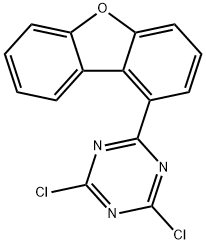
- Chemical Name:2,4-Dichloro-6-(1-dibenzofuranyl)-1,3,5-triazine
- CAS:2408705-92-8
- MF:C15H7Cl2N3O
- Structure:
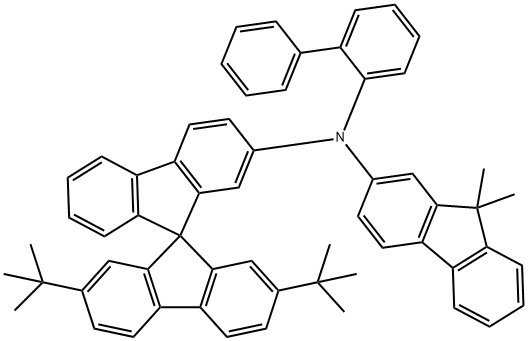
- Chemical Name:9,9'-Spirobi[9H-fluoren]-2-amine, N-[1,1'-biphenyl]-2-yl-2',7'-bis(1,1-dimethylethyl)-N-(9,9-dimethyl-9H-fluoren-2-yl)-
- CAS:1365840-52-3
- MF:C60H53N
- Structure:
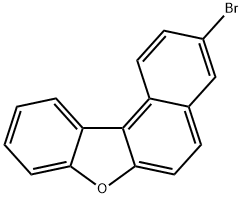
- Chemical Name:3-Bromonaphtho[2, 1-B]Benzofuran
- CAS:1678556-12-1
- MF:C16H9BrO
- Structure:
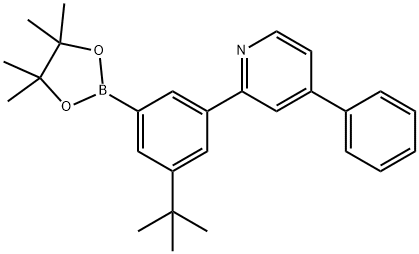
- Chemical Name:2-[3-(1,1-dimethyl ethyl)-5-(4,4,5,5-tetramethyl-1,3,2-dioxyborane-2-yl) phenyl]-4-phenyl-pyridine
- CAS:2411987-38-5
- MF:C27H32BNO2
- Structure:
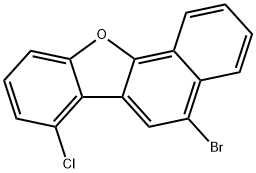
- Chemical Name:Benzo[b]naphtho[2,1-d]furan, 5-bromo-7-chloro-
- CAS:2411141-57-4
- MF:C16H8BrClO
- Structure:
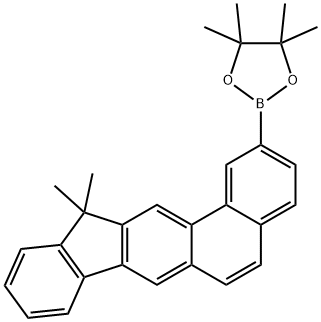
- Chemical Name:1,3,2-Dioxaborolane, 2-(12,12-dimethyl-12H-indeno[1,2-b]phenanthren-2-yl)-4,4,5,5-tetramethyl-
- CAS:1591629-74-1
- MF:C29H29BO2
- Structure:
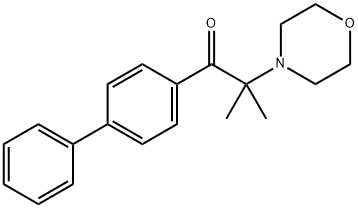
- Chemical Name:1-(biphenyl-4-yl)-2-methyl-2-morpholinopropan-1-one
- CAS:94576-68-8
- MF:C20H23NO2
- Structure:
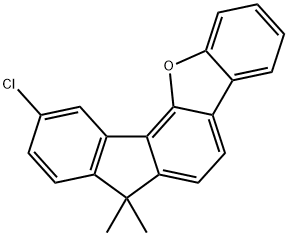
- Chemical Name:10-Chloro-7,7-dimethyl-7H-12-oxa-indeno[1,2-a]fluorene
- CAS:1567814-82-7
- MF:C21H15ClO
- Structure:
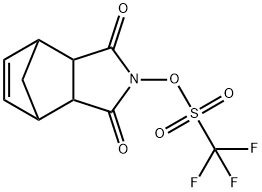
- Chemical Name:5-Norbornene-2,3-dicarboximidyl trifluoromethanesulfonate
- CAS:133710-62-0
- MF:C10H8F3NO5S
- Structure:
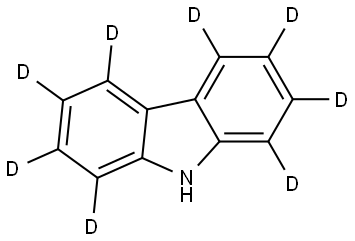
- Chemical Name:Carbazole-d8
- CAS:38537-24-5
- MF:C12HD8N
- Structure:
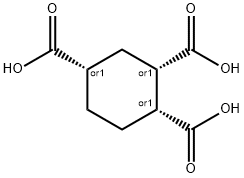
- Chemical Name: (1α,2α,4α)-1,2,4-Cyclohexanetricarboxylic Acid
- CAS:76784-95-7
- MF:C9H12O6
- Structure:
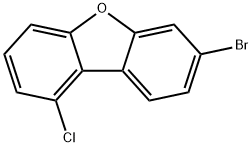
- Chemical Name:7-Bromo-1-chlorodibenzofuran
- CAS:2360579-34-4
- MF:C12H6BrClO
- Structure:
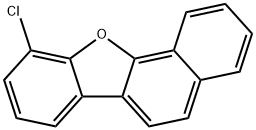
- Chemical Name:10-chloronaphtho[1,2-b] benzofuran
- CAS:2103931-83-3
- MF:C16H9ClO
- Structure:

- Chemical Name:Pentanoic acid, 2,2-difluoro-3-[(2-methyl-1-oxo-2-propen-1-yl)oxy]-, ethyl ester
- CAS:1092693-69-0
- MF:C11H16F2O4
- Structure:
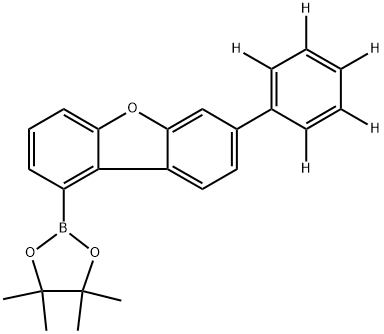
- Chemical Name:4,4,5,5-tetramethyl-2-(7-(phenyl-d5)dibenzo[b,d]furan-1-yl)-1,3,2-dioxaborolane
- CAS:2644646-42-2
- MF:C24H23BO3
- Structure:
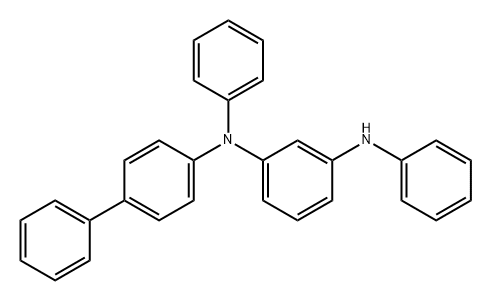
- Chemical Name:1,3-Benzenediamine, N1-[1,1'-biphenyl]-4-yl-N1,N3-diphenyl-
- CAS:2055864-11-2
- MF:C30H24N2
- Structure:

- Chemical Name:1,3,5-Triazine, 2-[3′-(9,9-dimethyl-3-phenyl-9H-fluoren-2-yl)[1,1′-biphenyl]-3-yl]-4,6-diphenyl-
- CAS:2370050-11-4
- MF:C48H35N3
- Structure:
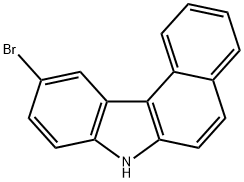
- Chemical Name:10-Bromo-7H-benzo[c]carbazole
- CAS:1698-16-4
- MF:C16H10BrN
- Structure:
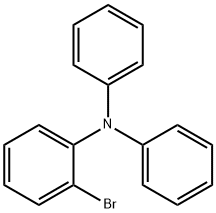
- Chemical Name:2-Bromo-N,N-diphenylaniline
- CAS:78600-31-4
- MF:C18H14BrN
- Structure:
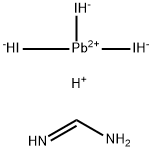
- Chemical Name:Formamidinium Lead Iodide
- CAS:1451592-07-6
- MF:CH8I3N2Pb
- Structure:
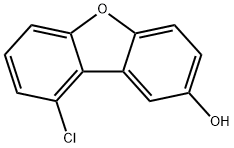
- Chemical Name:9-chloro-2-hydroxydibenzofuran
- CAS:74423-72-6
- MF:C12H7ClO2
- Structure:
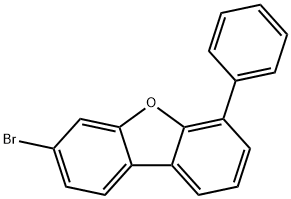
- Chemical Name:Dibenzofuran, 3-bromo-6-phenyl-
- CAS:2181786-99-0
- MF:C18H11BrO
- Structure:
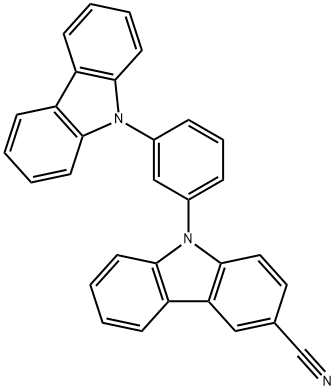
- Chemical Name:9H-Carbazole-3-carbonitrile, 9-[3-(9H-carbazol-9-yl)phenyl]-
- CAS:1392506-99-8
- MF:C31H19N3
- Structure:
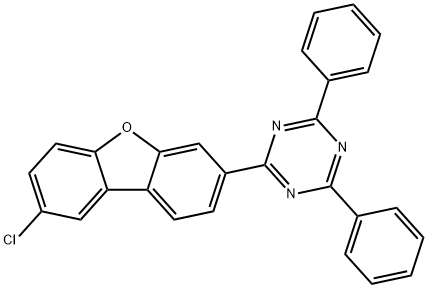
- Chemical Name:1,3,5-Triazine, 2-(8-chloro-3-dibenzofuranyl)-4,6-diphenyl-
- CAS:2361279-84-5
- MF:C27H16ClN3O
- Structure:
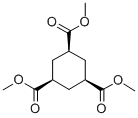
- Chemical Name:Trimethyl cis,cis-1,3,5-cyclohexanetricarboxylate
- CAS:6998-83-0
- MF:C12H18O6
- Structure:
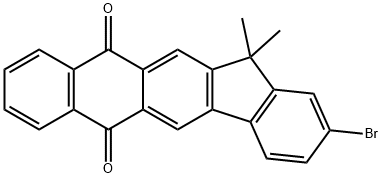
- Chemical Name:1196107-73-9
- CAS:1196107-73-9
- MF:C23H15BrO2
- Structure:
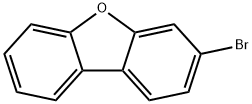
- Chemical Name:3-Bromodibenzo[b,d]furan
- CAS:26608-06-0
- MF:C12H7BrO
- Structure:
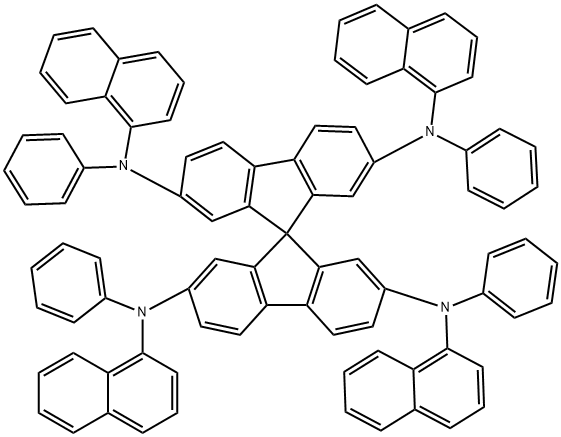
- Chemical Name:Spiro-2NPB , 2,2',7,7'-Tetrakis[N-naphthalenyl(phenyl)-aMino]-9
- CAS:404001-42-9
- MF:C89H60N4
- Structure:
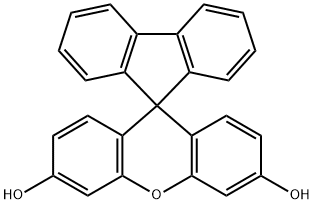
- Chemical Name:Spiro[fluorene-9,9'-xanthene]-3',6'-diol
- CAS:4081-00-9
- MF:C25H16O3
- Structure:
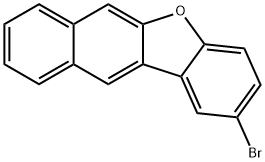
- Chemical Name:2-broMobenzo[b]-naphtho[2,3-d]furan
- CAS:1627917-16-1
- MF:C16H9BrO
- Structure:
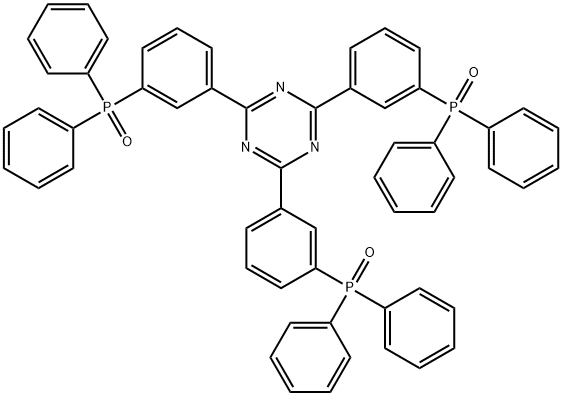
- Chemical Name:2,4,6-Tris[3-(diphenylphosphinyl)phenyl]-1,3,5-triazine
- CAS:1646906-26-4
- MF:C57H42N3O3P3
- Structure:

- Chemical Name:1-Bromo-4-chlorodibenzo[b,d]furan
- CAS:2252237-87-7
- MF:C12H6BrClO
- Structure:
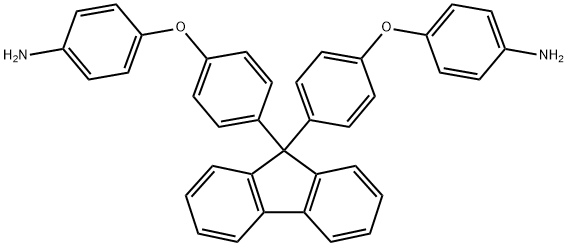
- Chemical Name:4,4'-[9H-Fluoren-9-ylidenebis(4,1-phenyleneoxy)]bisbenzenamine
- CAS:47823-88-1
- MF:C37H28N2O2
- Structure:
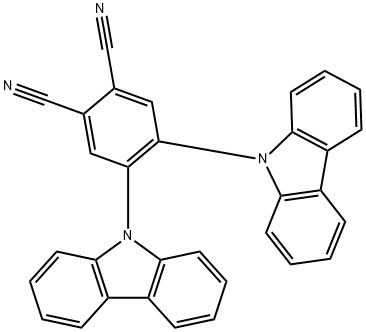
- Chemical Name:4,5-bis(carbazol-9-yl)-1,2-dicyanobenzene
- CAS:1416881-50-9
- MF:C32H18N4
- Structure:

- Chemical Name:Bis[2-(diphenylphosphino)phenyl] ether oxide
- CAS:808142-23-6
- MF:C36H28O3P2
- Structure:
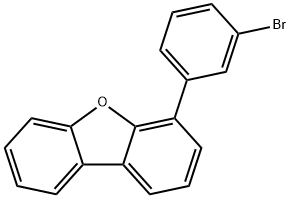
- Chemical Name:4-(3-bromo-phenyl)-dibenzofuran
- CAS:887944-90-3
- MF:C18H11BrO
- Structure:
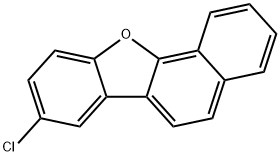
- Chemical Name:Benzo[b]naphtho[2,1-d]furan, 8-chloro-
- CAS:2103931-84-4
- MF:C16H9ClO
- Structure:

- Chemical Name:1,3,2-DIOXABOROLANE, 2,2'-(9,9-DIMETHYL-9H-FLUORENE-2,7-DIYL)BIS[4,4,5,5-TETRAMETHYL]
- CAS:325129-69-9
- MF:C27H36B2O4
- Structure:

- Chemical Name:5-Oxa-2-octyne-1,7-diol
- CAS:1606-79-7
- MF:C7H12O3
- Structure:
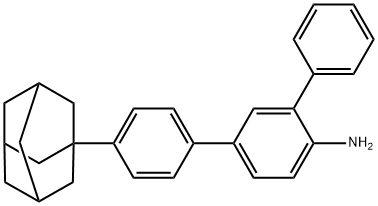
- Chemical Name:[1,1':3',1''-Terphenyl]-4'-amine, 4-tricyclo[3.3.1.13,7]dec-1-yl-
- CAS:2086312-08-3
- MF:C28H29N
- Structure:
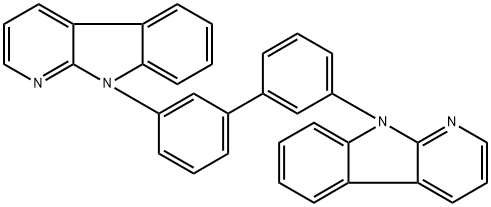
- Chemical Name:CbBPCb
- CAS:1469997-91-8
- MF:C34H22N4
- Structure:

- Chemical Name:Dibenzotetrathiafulvalene
- CAS:24648-13-3
- MF:C14H8S4
- Structure:
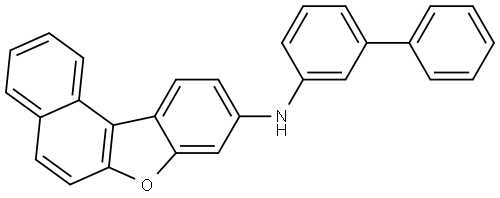
- Chemical Name:Benzo[b]naphtho[1,2-d]furan-9-amine, N-[1,1′-biphenyl]-3-yl-
- CAS:2287146-48-7
- MF:C28H19NO
- Structure:
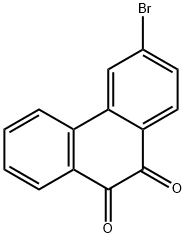
- Chemical Name:3-Bromo-9,10-phenanthrenedione
- CAS:13292-05-2
- MF:C14H7BrO2
- Structure:
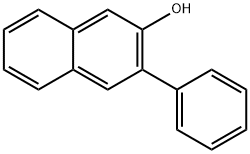
- Chemical Name:2-Hydroxy-3-phenylnaphthalene
- CAS:30889-48-6
- MF:C16H12O
- Structure:
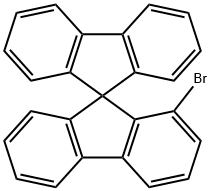
- Chemical Name:1-BroMo-9,9'-spirobi[9H-fluorene]
- CAS:1450933-18-2
- MF:C25H15Br
- Structure:
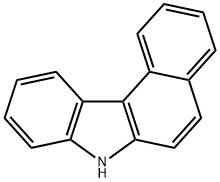
- Chemical Name:7H-BENZO[C]CARBAZOLE
- CAS:205-25-4
- MF:C16H11N
- Structure:
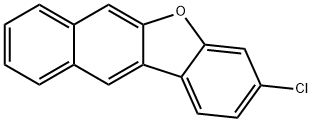
- Chemical Name:Benzo[b]naphtho[2,3-d]furan, 3-chloro-
- CAS:2397634-71-6
- MF:C16H9ClO
- Structure:

- Chemical Name:tetrachlorotricyclo[8.2.2.24,7]hexadeca-1(12),4,6,10,13,15-hexaene, mixed isomers
- CAS:30501-29-2
- MF:C16H12Cl4
- Structure:
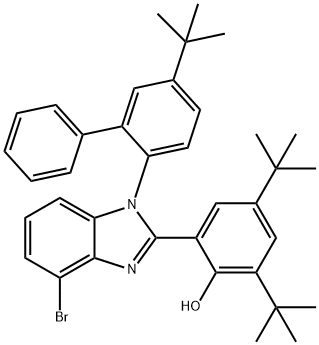
- Chemical Name:2-(4-bromo-1-(5-(tert-butyl)-[1,1'-biphenyl]-2-yl)-1H-benzo[d]imidazol-2-yl)-4,6-di-tert-butylphenol
- CAS:2361613-60-5
- MF:C37H41BrN2O
- Structure:
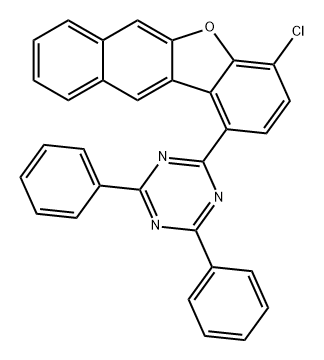
- Chemical Name:1,3,5-Triazine, 2-(4-chlorobenzo[b]naphtho[2,3-d]furan-1-yl)-4,6-diphenyl-
- CAS:2459671-87-3
- MF:C31H18ClN3O
- Structure:
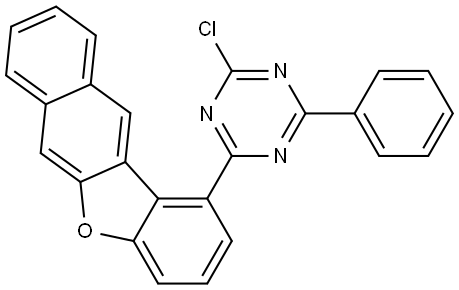
- Chemical Name:2-Benzo[b]naphtho[2,3-d]furan-1-yl-4-chloro-6-phenyl-1,3,5-triazine
- CAS:2454305-80-5
- MF:C25H14ClN3O
- Structure:

- Chemical Name:2-Dibenzothiophenamine, 9-phenyl-
- CAS:3004888-06-3
- MF:C18H13NS
- Structure:
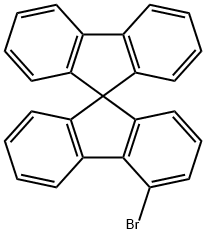
- Chemical Name:4-bromo-9,9'-Spirobi[9H-fluorene
- CAS:1161009-88-6
- MF:C25H15Br
- Structure:
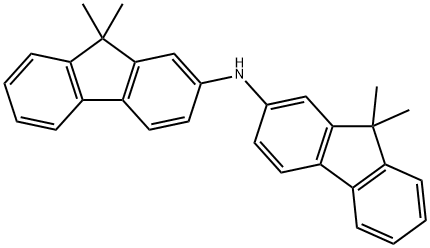
- Chemical Name:Bis-(9,9-diMethyl-9H-fluoren-2-yl)-aMine
- CAS:500717-23-7
- MF:C30H27N
- Structure:
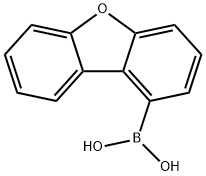
- Chemical Name:1-Dibenzofuranylboronic Acid
- CAS:162607-19-4
- MF:C12H9BO3
- Structure:
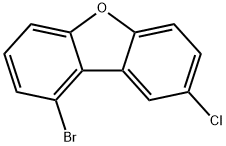
- Chemical Name:1-Bromo-8-chlorodibenzo[b,d]furan
- CAS:2173554-83-9
- MF:C12H6BrClO
- Structure:
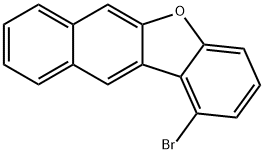
- Chemical Name:1-bromonaphtho[2,3-b]benzofuran
- CAS:2189692-40-6
- MF:C16H9BrO
- Structure:
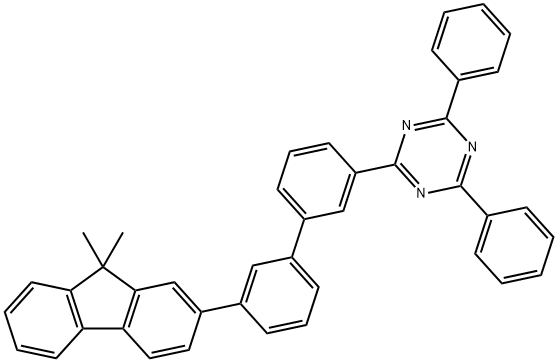
- Chemical Name:2-[3'-(9,9-dimethyl-9H-fluoren-2-yl)[1,1'-biphenyl]-3-yl]-4,6-diphenyl-1,3,5-triazine
- CAS:1955543-57-3
- MF:C42H31N3
- Structure:
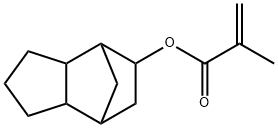
- Chemical Name:DICYCLOPENTANYL METHACRYLATE
- CAS:34759-34-7
- MF:C14H20O2
- Structure:

- Chemical Name:10-(4-Chlorophenyl)benzo[b]naphtho[2,1-d]furan
- CAS:2088371-08-6
- MF:C22H13ClO
- Structure:
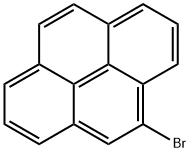
- Chemical Name:4-bromopyrene
- CAS:1732-26-9
- MF:C16H9Br
- Structure:
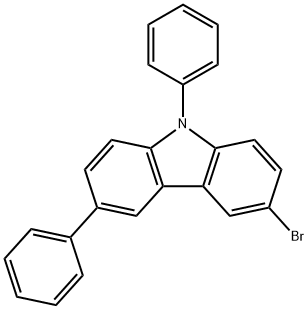
- Chemical Name:3-broMo-6,9-diphenyl-9H-carbazole
- CAS:1160294-85-8
- MF:C24H16BrN
- Structure:
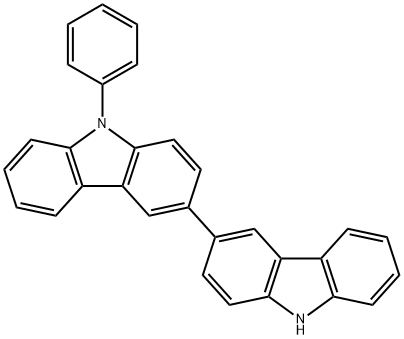
- Chemical Name:9-Phenyl-9H,9'H-[3,3']bicarbazolyl
- CAS:1060735-14-9
- MF:C30H20N2
- Structure:
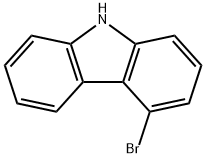
- Chemical Name:4-Bromo-9H-carbazole
- CAS:3652-89-9
- MF:C12H8BrN
- Structure:
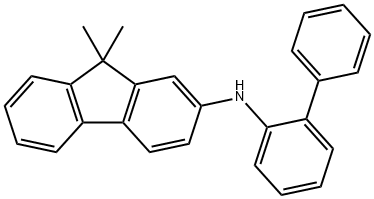
- Chemical Name:N-[1,1'-Biphenyl]-2-yl-9,9-dimethyl-9H-fluoren-2-amine
- CAS:1198395-24-2
- MF:C27H23N
- Structure:
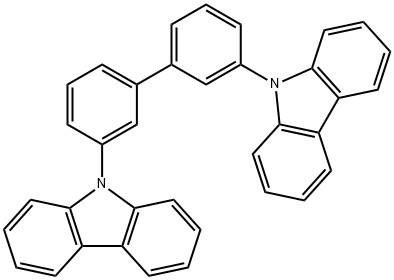
- Chemical Name:3,3′-Di(9H-carbazol-9-yl)biphenyl
- CAS:342638-54-4
- MF:C36H24N2
- Structure:
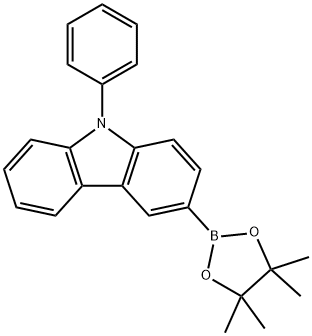
- Chemical Name:9-Phenyl-3-(4,4,5,5-tetramethyl-1,3,2-dioxaborolan-2-yl)-9H-carbazole
- CAS:1126522-69-7
- MF:C24H24BNO2
- Structure:
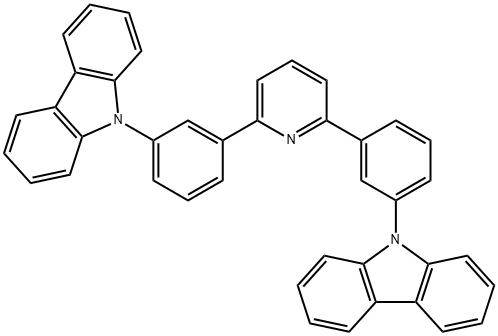
- Chemical Name:2,6-bis(3-(9H-carbazol-9-yl)phenyl)pyridine
- CAS:1013405-24-7
- MF:C41H27N3
- Structure:
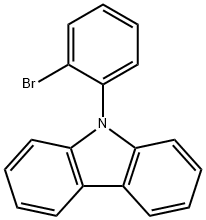
- Chemical Name:N-(2-BroMophenyl)-9H-carbazole
- CAS:902518-11-0
- MF:C18H12BrN